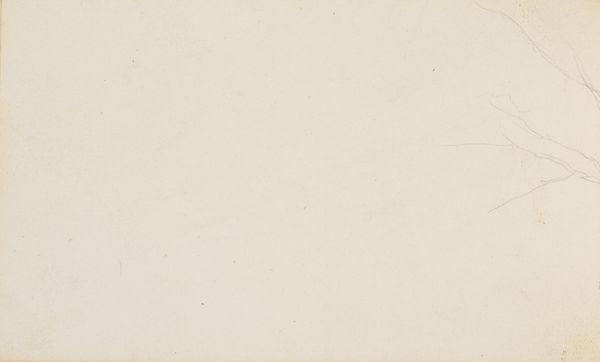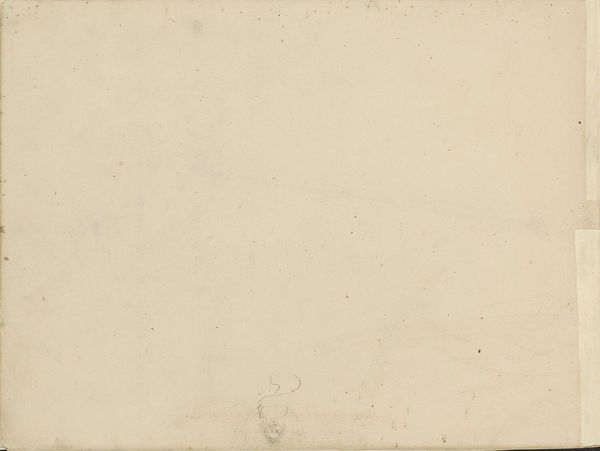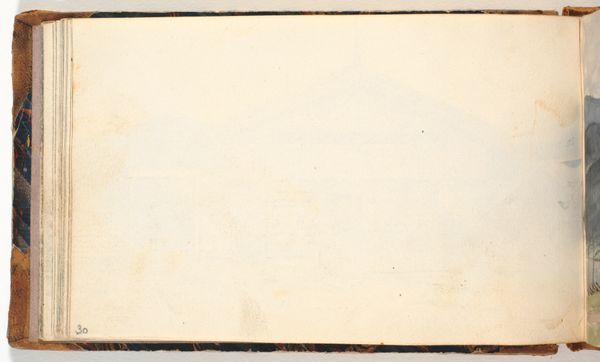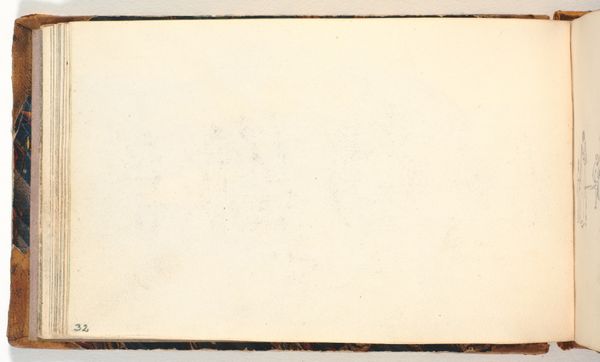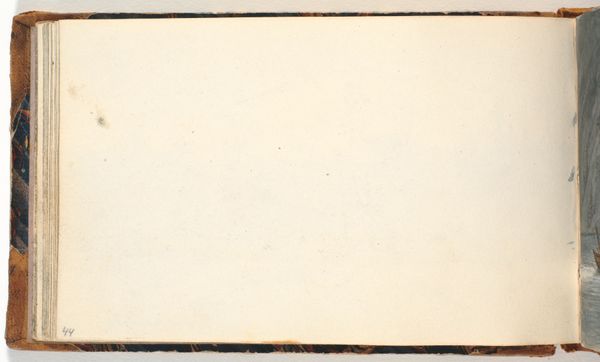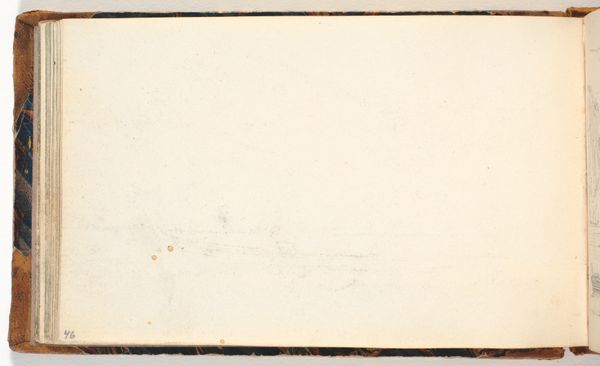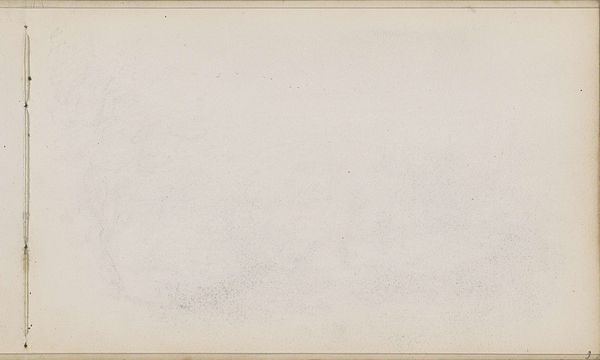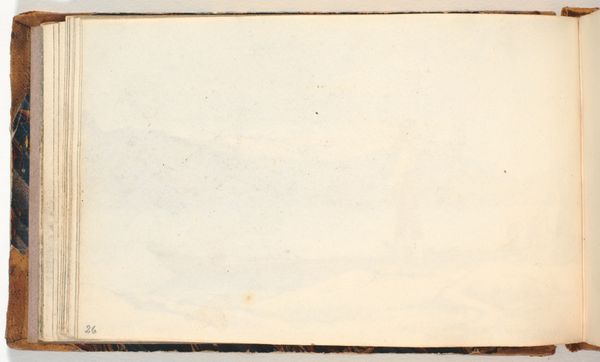
drawing, print, paper, graphite
#
drawing
# print
#
landscape
#
paper
#
romanticism
#
graphite
#
watercolor
Dimensions: 223 × 280 mm
Copyright: Public Domain
Curator: Théodore Géricault's "Sketch of Farm Implement," created around 1818-1819, offers a glimpse into rural life of the era, though somewhat faint on the paper. Editor: It's incredibly subtle, almost ghostly! The faint lines seem barely tethered to the paper, like a half-remembered dream of the countryside. The romantic era's approach to landscape seems so focused on the relationship between the material tools for existence with nature. Curator: Precisely. Gericault was deeply engaged with the societal shifts of his time. Agriculture as labor becomes crucial. The sketch is more than just an objective rendering; it is invested with a narrative, that positions the land and the machine within that moment. Editor: Tell me about the material process—graphite on paper seems like such an ephemeral combination to convey something as grounded as farm tools. Curator: The choice of graphite is critical, as it underscores the potential for social change and labor. Géricault, even in these preliminary sketches, seems interested in this evolving identity as shaped by agriculture. Editor: The ethereal quality, created by this tool as a material, it brings to mind that shift between agrarian society and this period of romanticism’s development that's idealizing nature so much but while it's in stark contrast to increasing industrial production, perhaps critiquing that development itself. Curator: I agree, and in its time, it likely posed a challenging stance to some social groups, especially those that this work engages with regarding class structure. Editor: Absolutely. There's an implicit critique here of progress's impact on land and labor, a theme which he was quite known for across other paintings and drawings that explore different topics. It makes me think about how his drawing, which is rather subtle when made manifest through physical materials, contributes greatly to the power it carries regarding socio-political awareness, like you’re saying. Curator: Seeing his mark-making through the choice of this medium as integral to understanding both Gericault’s work, in conjunction to larger romantic era interests—these become essential elements in the reception and later analysis of the drawing. Editor: It is incredible to think of this simple sketch resonating even today. Its subtle technique becomes a whisper that speaks loudly about production, value, and our evolving relationship with both the land and machine.
Comments
No comments
Be the first to comment and join the conversation on the ultimate creative platform.
